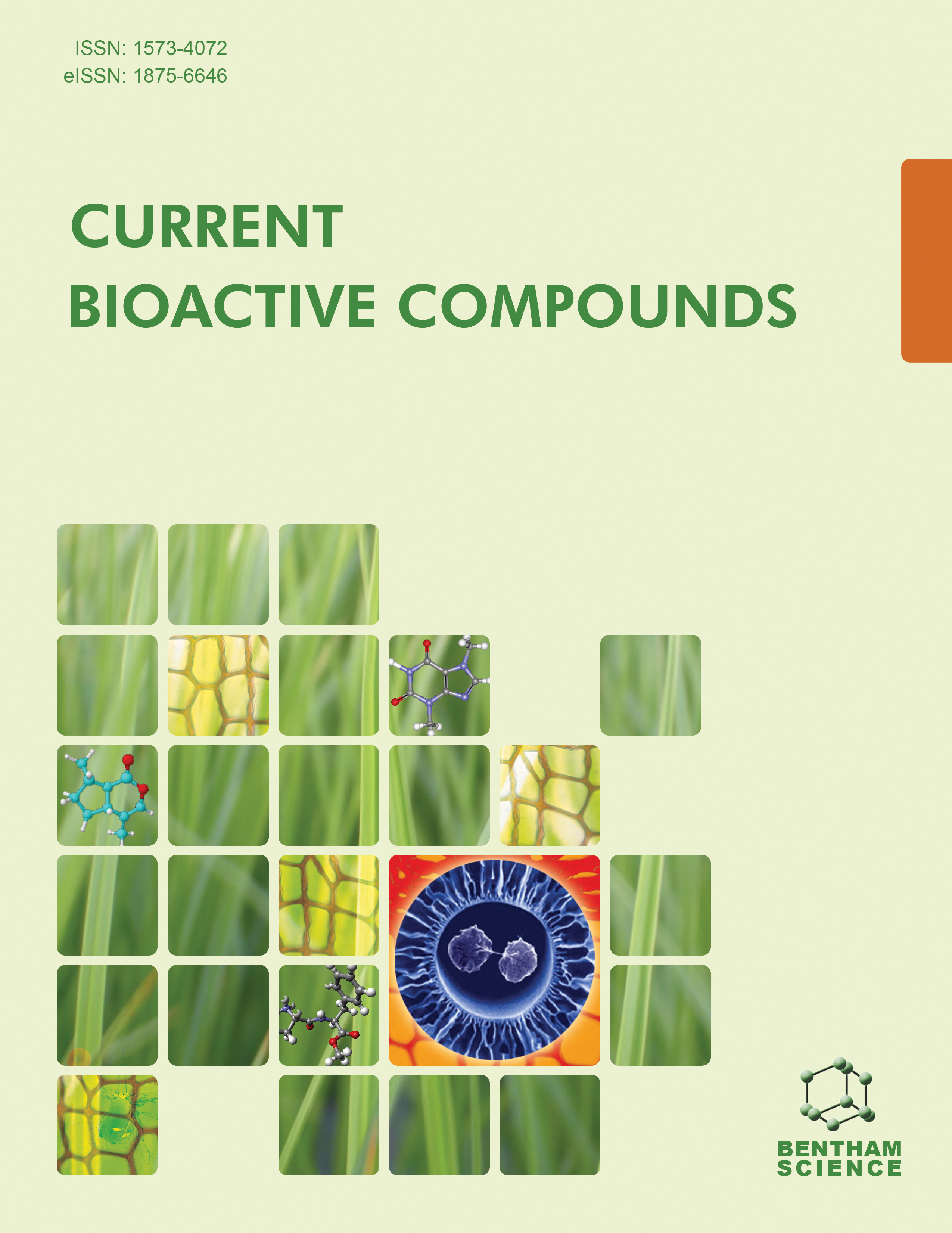
Full text loading...
We use cookies to track usage and preferences.I Understand

The family Lamiaceae includes the genus Lavandula, which is widely cultivated throughout the Mediterranean region, including France, Spain, and Italy. The plant forms dense clumps that are roughly 40-60 cm tall. The reference genome for “Jingxun 2,” an excellent cultivar of Lavender (Lavandula angustifolia) was created by a research team in China. Lavandula which contains tannins, phytosterols, coumarins, herniarins, ursolic acid, sugars, valeric acid, glycolic acid, coumaric acid, anthocyanins, minerals, and essential oils. Lavender oil can also help with many kinds of health problems because it has many bioactive ingredients, such as linalool, lavandulol, anthocyanins, geraniol, ursolic acids, linalyl acetate, valeric acid, 1,8-cineole, borneol, lavandulyl acetate, terpinen-4-ol, camphor, phytosterols, coumaric acid, and glycolic acid. The genus Lavender exhibits various biological activities, including antioxidants, antiparasitic, and neuroprotective properties. Recent studies have demonstrated the numerous biological activities of Lavandula, but we still need to develop new medications that harness the components of this plant to treat a variety of illnesses. This study covers various recent advancements in the use of Lavender and its phytochemicals by using various search engines, including Scopus, PubMed, Google Scholar, and Web of Science.

Article metrics loading...

Full text loading...
References


Data & Media loading...